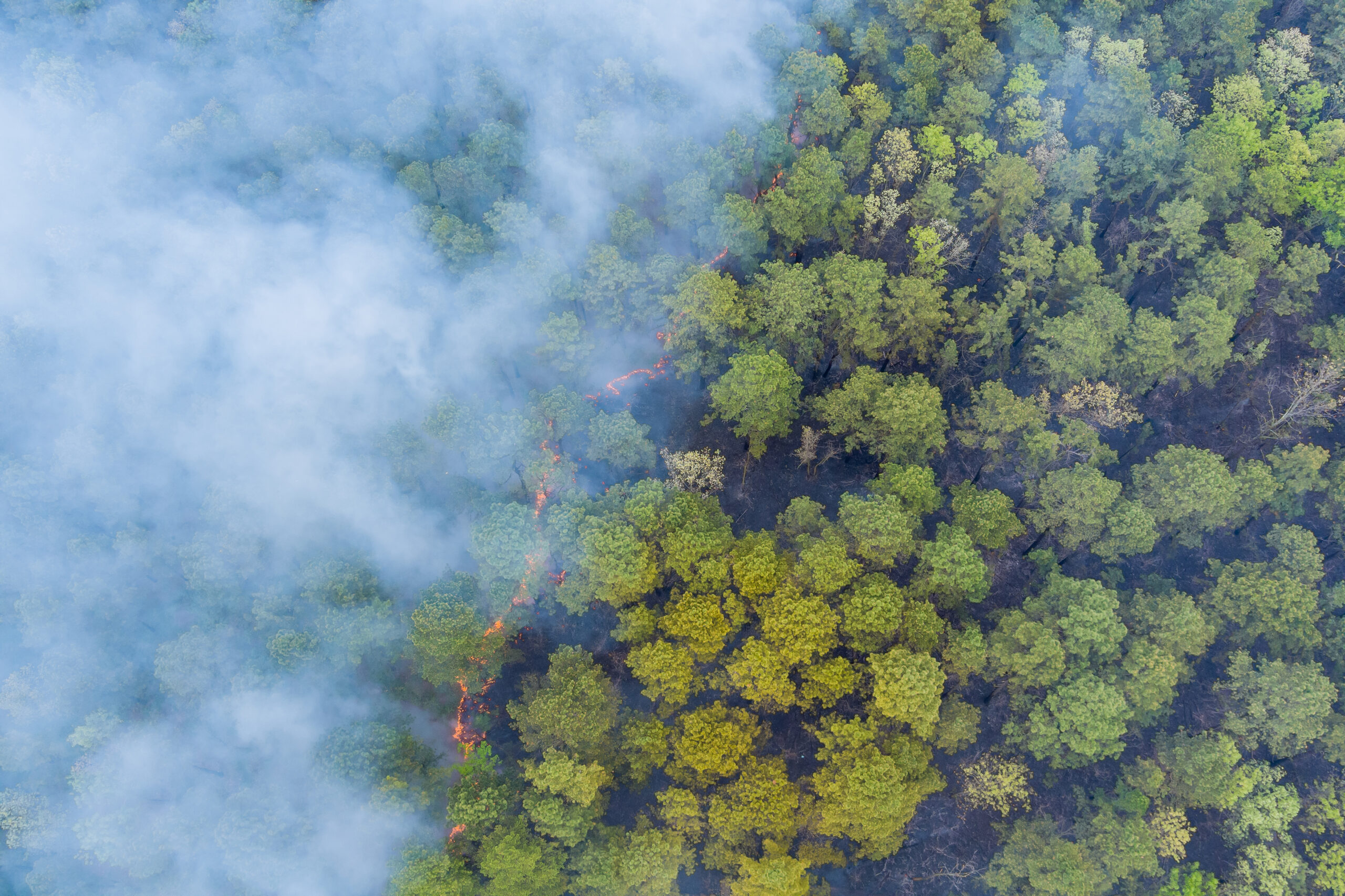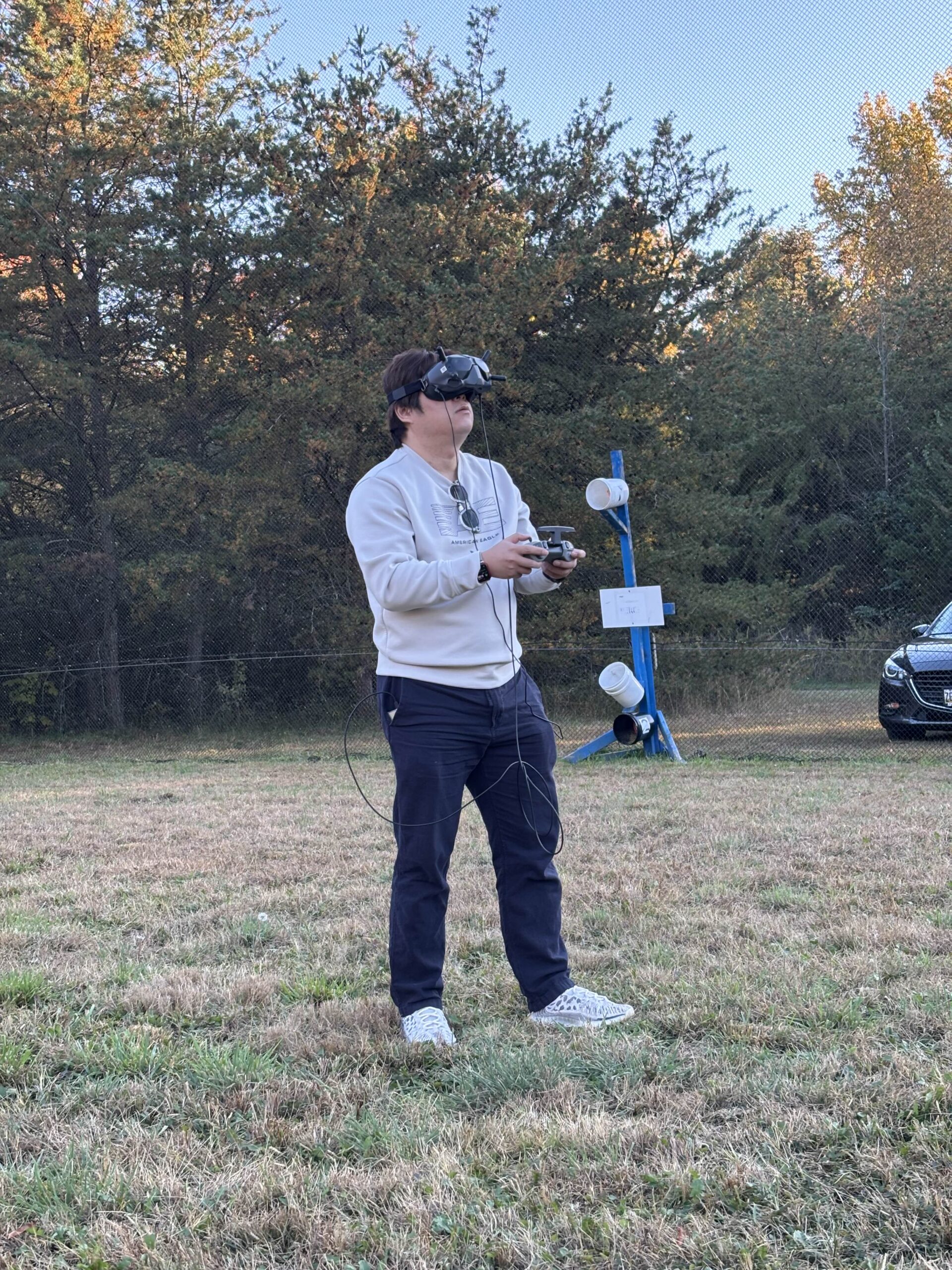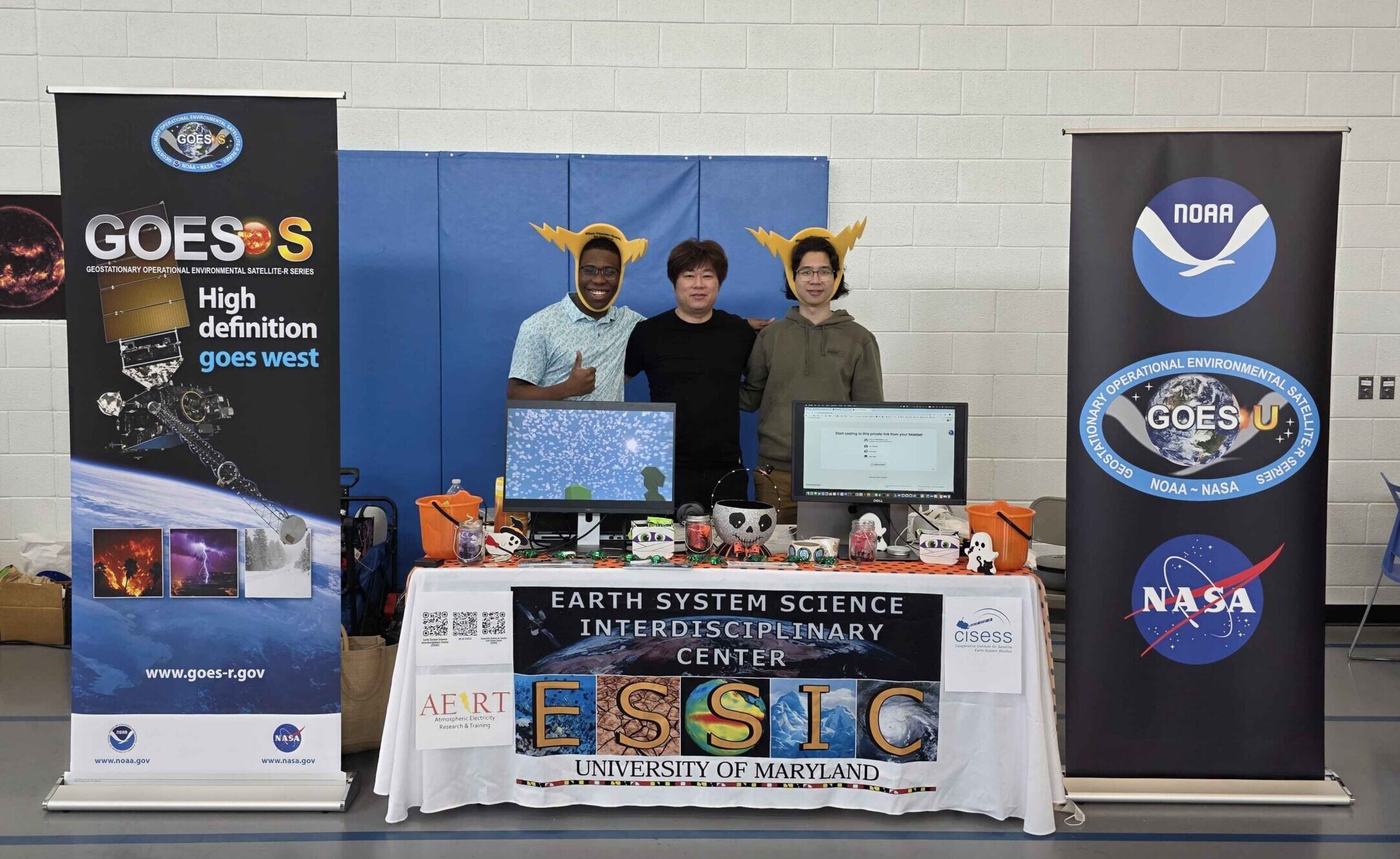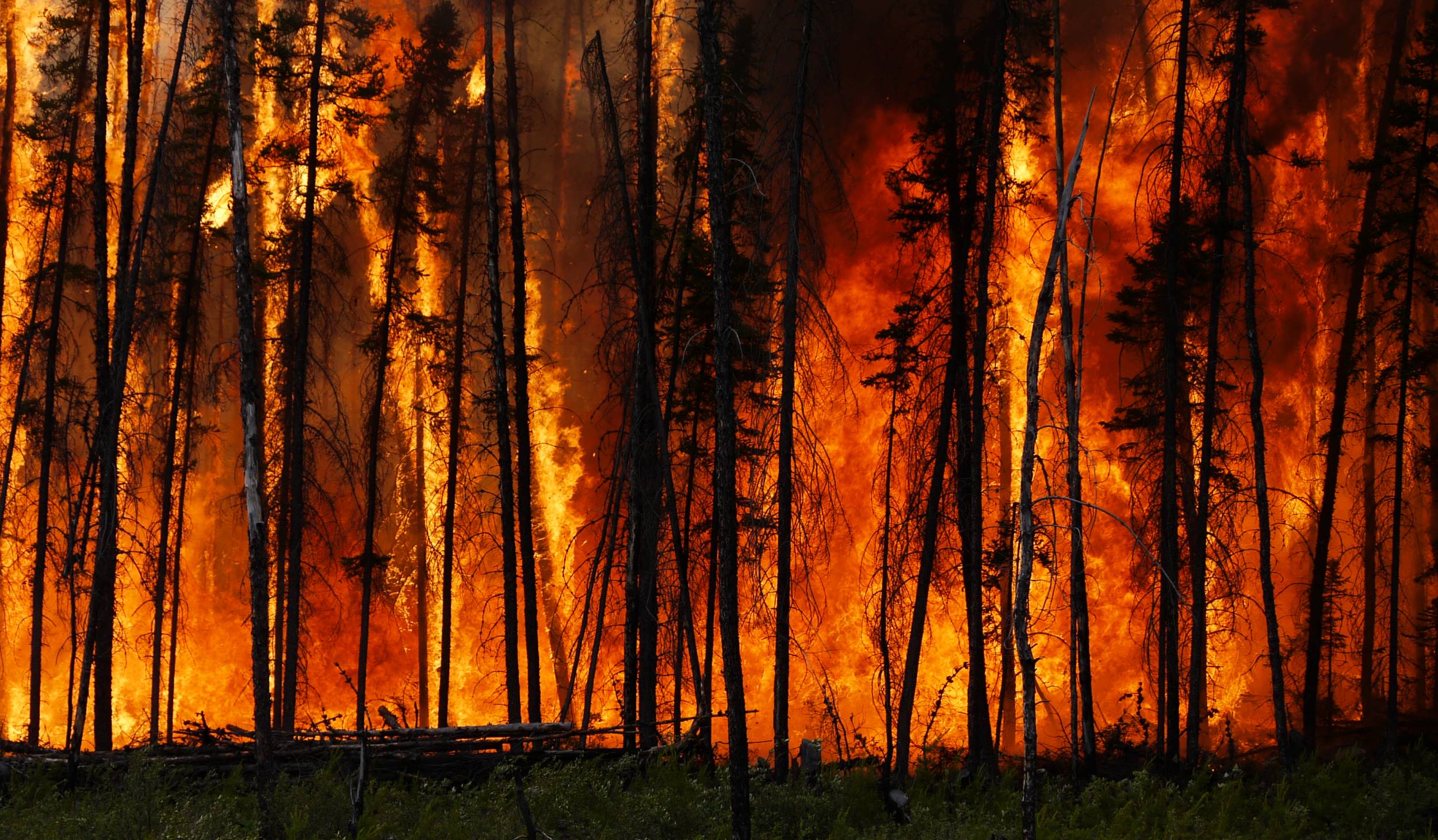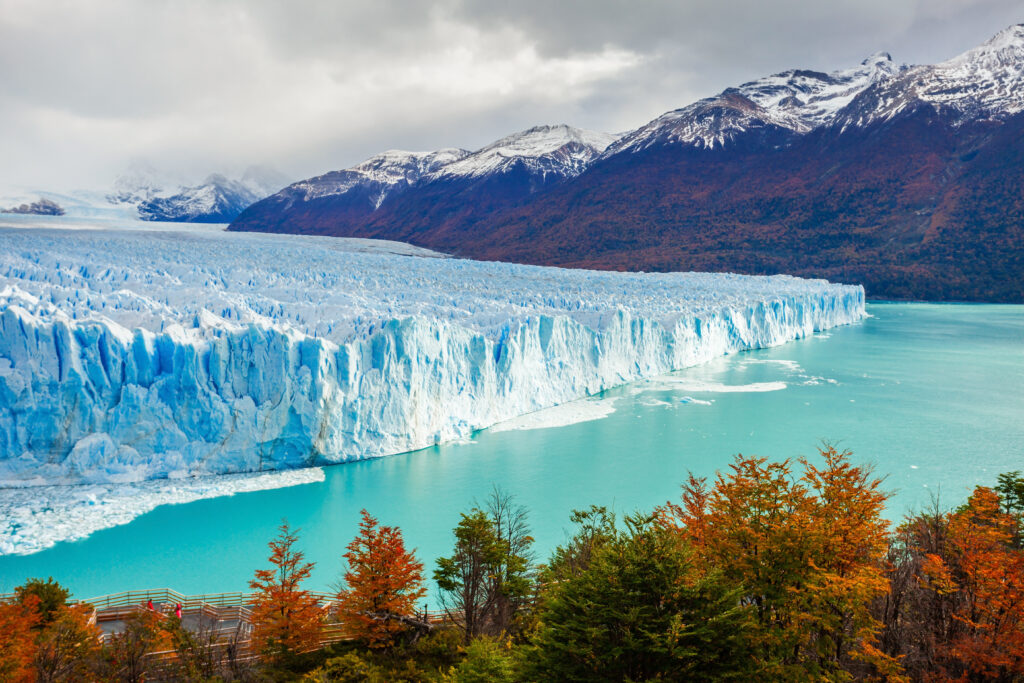
With global temperatures climbing, it’s more important than ever to precisely measure ice loss. Cryospheric scientists use satellite measurements, like those from ICESat-2, to accurately measure glacier height changes over time. However, converting those height changes to mass-change measurements requires knowledge of firn – the intermediary stage between snow and glacial ice.
As new snow falls atop glaciers, it slowly compacts over tens to hundreds of years and turns into glacial ice. This transforming snow is known as firn. Firn is created when a past season’s snow is compacted by new snow, causing it to harden and partially melt. Firn visually looks like ice but is porous like snow. It can be as thick as 20m on Alaskan glaciers to 120m at the South Pole.
Measuring firn has historically required scientists to fly to Greenland and Antarctica and drill firm cores – a lengthy and expensive process. This makes it effectively impossible to get a lot of field measurements to get a full understanding of a glacier.
ESSIC Assistant Research Scientist Max Stevens is working on a way to measure firn without traveling to the Arctic. Using funds from a recent NASA Open-Source Tools, Frameworks, and Libraries award, he will be working on the Community Firn Model (CFM), an open-source model that he develops that simulates evolution of snow and firn on ice sheets and glaciers. Stevens will be the Principal Investigator on the project, titled “Sustaining the Community Firn Model” and funded for three years.
Using the CFM, scientists can simulate firn development, ice melt behavior, glacier temperature changes, and other important components of understanding glaciers. Firn is also an essential part of calculating glacier mass balance, the total sum of all accumulation (snow and ice) and ice loss across an entire glacier. Understanding glacier mass balance is crucial to understanding the role of ice loss in current sea level rise as well as in predicting future sea level rise.
“I’m genuinely excited about open and collaborative science, so I like knowing that work that I’ve done has helped other scientists, even if I am not a coauthor on the papers that use the CFM,” said Stevens.
Stevens will use the award to continue improving the CFM – improving code to speed it up, adding code to simulate additional physical processes, improving documentation – and to build and support the worldwide user base.
“To me, the most exciting thing about the CFM is building/maintaining a tool that other researchers can use– hopefully easily– to help their own research. I really like getting emails from other researchers telling me that they are using the CFM and looking for a little extra guidance in using it, or telling me about a bug they’ve encountered, or asking for a new feature,” said Stevens, “This is in part why getting this grant is exciting – I’ll actually have the time available to work more closely with users of the model and respond to their feedback to improve it and make it more user friendly.”
The Community Firn Model is available publicly now.

